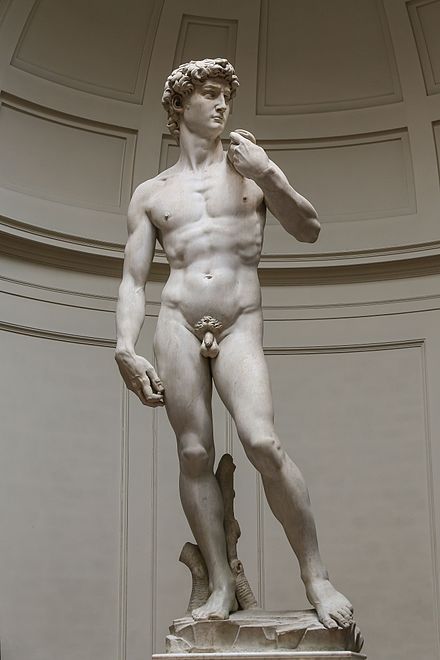Throughout his prolific career, Picasso met many fascinating eccentrics and vagabonds. One such person is horrifically captured in this dizzy and obscene portrait.
This painting is replete with many crafted moods and acoustic emotion; it swims in front of the viewer! It captures Picasso’s personal signature of color, yet it is one of the most discussed of his many works.
Bibi la Puree was well known in the town where Picasso would paint, drink, and pass the time. He became somewhat of an admirer of the artists and poets he was able to befriend. It is incomprehensible to the general viewer because such an odd-looking man would least acquire the attention of the pristine and elite of the literary circles of the time. The answer is not that complicated, at least not for Picasso. He thrived off eccentric people; it benefited his creativity and imagination to quite an impressive expansion. In this selective calling, Picasso demonstrates his magnificent skill of color theory and chemistry. The scene of the emotion is caught in a storm of mystery and tension. Picasso dictates what mood the viewer must agree upon; it is obvious that the man in the portrait is demanding of attention. It is done on purpose and there are prisms of madness and delight in order to stir one’s emotions with energy and supervised observation.
Upon the first gaze, the viewer is darkly concerned with the bizarre stare and sinister expression of the face. discolor and undetermined tone of the forehead makes one wonder if, in fact, the man of the portrait is even dead; his eyes are of two different pigments, one blue and the other black. His grizzled/burnt hair is reflecting off of the insanity of his gaze and demeanor; does this man impose a threat, or is he just a complex mentally disturbed gentleman? His sickly complexion vomits anxiety and despair onto the viewer; he is revolting and unfriendly. Picasso makes every intention of his count, for it is not dressed in a pleasant theme; there is purpose and deep thinking involved in such a degree that the artist becomes obsessed with the violent overtone of colors and explosions of madness that decimate the portrait countless times. His bloody lips are teasing the viewer to come in for a closer look; he dares you; he wants you. This is the ultimate example of how color and emotion speak to the spectator. Consider further his partially seen clothing. What expression are they wearing? They are truncated and splashed with ugliness and remorse. His dislocated tie is valiantly attempting to make himself out to be someone of significant importance that cannot be recognized simply because of the sheer menace and conviction he endlessly demonstrates with his facial expressions and clammy skin overtones; it would appear some sort of unseen death sentence hangs about his neck through an invisible noose; the viewer must remain undecided as to what this eccentric’s intentions are. If any. Confusion and fascination are the mystical ingredients Picasso instills in all the imagery the painting represents. The background ropes into its own self-mutilation.
Confusion and ignorance build a wall of color and blend that Picasso uses to capture all of his clandestine observations and opinions of this eccentric character. Is he a friend of the artist, or foe? Why would Picasso take on such a miserable subject of a portrait, or is one looking at it with bias? The most striking feature in this work is the exaggeration of character. Picasso takes a dive into a colorful abyss of imagination and sorcery to exemplify his unique painting skills by composing a truncated and whimsical man into something much more deeply than he is or appears. His clever use of color and tone is vital to the success of the painting. The colors in the background melt against the man’s complexion to fully concentrate on his leer. His menacing eyes and malicious smile gorgeously cultivate a vindictive presence, but it is silenced by the sheer weight of loud emotion and vulgare color. It is a paper scream that seemingly transforms the canvas into a nightmarish liturgy of temporary disturbance and biting offense. It is crafted so devilishly.
Picasso ends the alleged nightmare of a canvas up to us. He visually, through his magical odyssey of color and intensity, instructs us to interpret this eccentric person and tune him to our senses, how we would see him, or should see him. Many suggestions are offered if one is willing to look hard enough. There is a master storytelling technique taking place on the canvas; it is nourished with misty nuances and speckled pieces of parchment that is expansive enough for even the deepest of interpretations of discernment; after all, this is Art. Perhaps Picasso is fudging with The Illuminati of reason and instinct, but it is still in the possession of the senses to all of the viewers who take it upon themselves to demonstrate meaning and circulation among the census of the selected audiences who are willing to indulge in such particular genres of humanity.

Picasso, ‘Portrait of Bibi la Purée’, 1901. (National Gallery of London)
© 2024, Mark Grago. All rights reserved.




